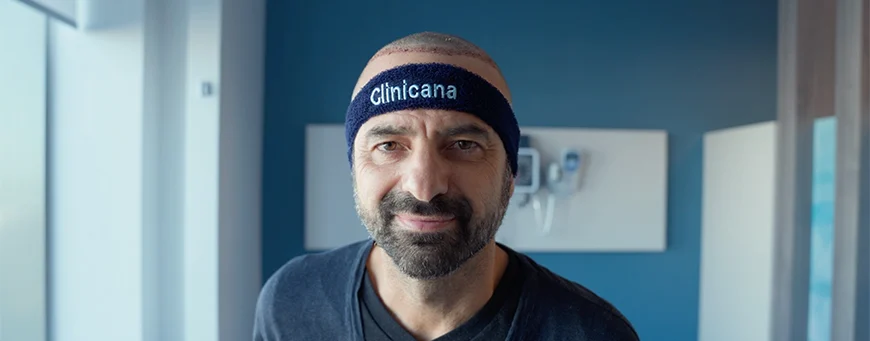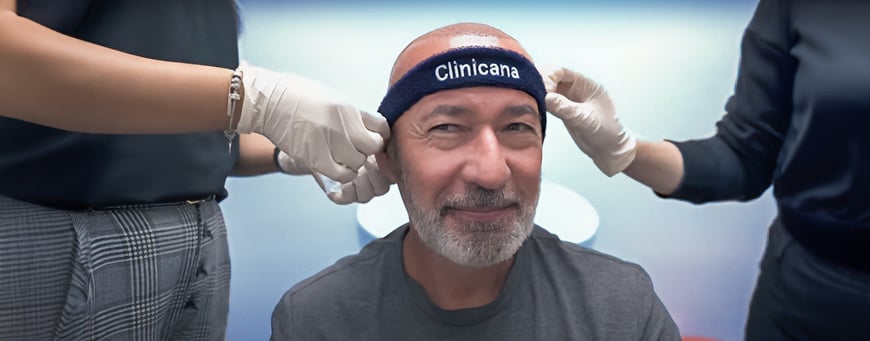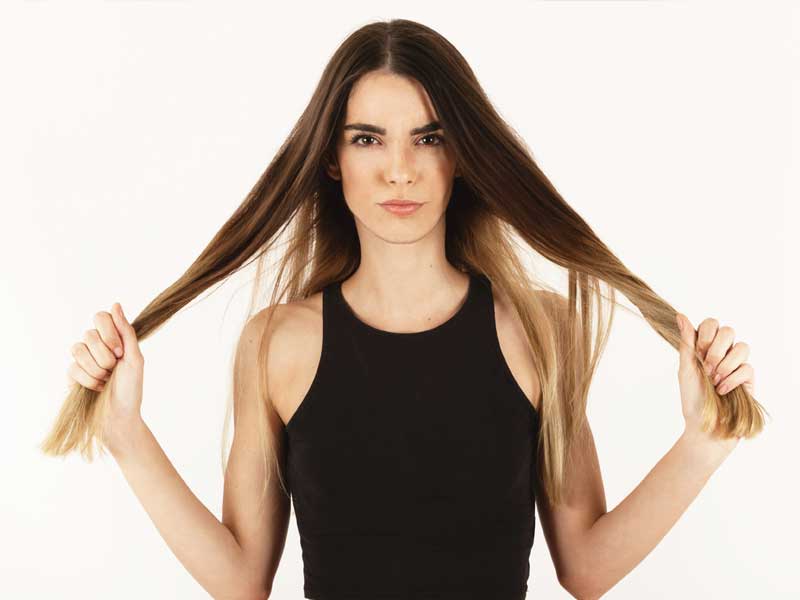Trichotillomania: is there a treatment?
Trichotillomania is a disorder that, although often unknown, is actually suffered by many people than you think ; it is estimated that at least between 1% and 4% of the population suffer from trichotillomania, although it is difficult to give exact figures because many patients are not aware that they suffer this condition, or are simply reluctant to admit it. Trichotillomania affects hair growth, so a diagnosis in time of this disorder is essential.
People with this pathology pull out their hair, mainly from head and eyebrows, without being able to avoid it. We have had cases in our clinic of patients asking about the cost of a hair transplant because they are suffering this problem, and one of their most frequent doubts is whether after suffering trichotillomania hair regrowth is possible; but it is also important to know the causes, symptoms in adults and children, and how to stop trichotillomania.
What is trichotillomania? A closer look at hair-pulling disorder
Trichotillomania is a mental disorder classified under obsessive-compulsive and related disorders; people with trichotillomania has a compulsive behaviour in which the affected person constantly manipulates hair, usually impulsively and unconsciously, pulling, twisting and often uprooting it, something that causes hair loss by traction alopecia in the area that has been manipulated.
Hair loss can be limited to a small area, or affect large areas, producing even severe baldness in the most serious cases. The main problem that patients with this disorder suffer is that they can´t stop pulling their hair, since they feel an irresistible urge to touch, manipulate and pull it, often generating in them a feeling of guilt and shame for a problem that, as we see, has a psychological origin.
This very shame is what makes many people reluctant to reveal that they suffer from this disorder; so, they try to hide it with hairstyles or using prosthetic hair. There are several degrees of trichotillomania, and although it has traditionally been considered rather a rare disorder, recent epidemiological studies suggest that actually, it could be quite common.
People with alopecia by trichotillomania are often under emotional stress situations, and present secondary psychological effects such as low self-esteem, as well as fear of socialisation because they are afraid of the looks, opinions or comments if people get to see the effects of their disorder (that is, hair loss).
Hair is normally pulled out irregularly: trichotillomania on eyelashes, or trichotillomania on eyebrows and head is the most common form, but hair can also be pulled from other body areas such as legs, face (beard, moustache), armpits, or even the genital area. Sometimes this disorder is associated with trichophagia: that is, pulled hair is then chewed or eaten.
What causes trichotillomania?
Regarding trichotillomania causes, we cannot speak of a single factor, but of several. Depression and anxiety in trichotillomania patients is very common, problems that are fed back by the physical and psychological consequences of the impulse that patients feel to pull their hair, since they are unable to control or stop this behaviour.
Although pulling out their hair brings them some pleasure and relief from the emotional tension that leads to hair pulling, these feelings last a very short time, and they are quickly replaced by others such as guilt or shame. It is important not to confuse the appearance that patients with trichotillomania may acquire, with other scalp conditions, such as alopecia areata.
The main triggering factors of trichotillomania are believed to be psychological, although other factors have been identified that increase the likelihood of suffering this disorder, such as a serotonin deficit, a traumatic event, certain genetic predisposition, or even hormonal changes caused by puberty. It is a disorder that occurs more frequently in women than in men, with a ratio of 4 to 1.
Trichotillomania in children
Although there are numerous cases among the adult population, it is actually common for trichotillomania to start before the age of 17, and even during childhood, before the age of 6; however, the main age group where it is usually detected is between 9 and 13 years old. For all these reasons, it is very important to pay attention to the appearance of possible trichotillomania symptoms in the child:
- Child frequently twists or pulls hair
- Just before doing it, child is in a state of tension
- Right after pulling out hair, child feels relief
- Occasionally, the plucked hair can later be put into the mouth
- If asked, child denies pulling hair out, or tries to hide it
- Child shows other self-injurious behaviours
- Child suffers from some type of anxiety or depression
- Child has a low self-esteem or a negative self-image
What is the treatment for trichotillomania?
Until not long ago, there was no specific treatment for this condition, and it was considered a chronic disorder. Fortunately, nowadays there are treatments and techniques to try to correct this abnormal behaviour, although its duration or success will depend on the age of the patient and how long the habit of pulling hair has been maintained.
Normally, trichotillomania treatment in children before 6 years of age is not necessary, since this behaviour usually disappears in less than a year without need for any intervention. In puberty, however, the diagnosis and treatment is more complex; treatment for trichotillomania in adults usually requires the intervention of a specialist in psychology or psychiatry.
One of the psychological therapies that has been applied with more success is the cognitive-behavioural therapy, which normally achieves results in 70% of cases. Regarding the pharmacological treatment of trichotillomania, it mainly focuses on alleviating symptoms; always under medical supervision, usually drugs against anxiety and depression are used, although there is no consensus on this.
But, will hair grow back after trichotillomania? This is a question that worries many patients treated for this disorder. The truth is that each case is unique, and everything will depend on the extent and intensity that the habit of pulling hair has reached: if the follicle is damaged, trichotillomania will cause permanent hair loss; if not, hair can regenerate again, and stimulating or regenerating treatments such as minoxidil can be applied.
Another option as trichotillomania hair loss treatment are hair implants, but only for people who have received therapy, so that transplanted hair will not be pulled out again. To achieve this, professional and family support is essential, but a trustworthy clinic is also important; Clinicana is the best hair transplant clinic in Turkey, and we are specialised in all hair treatments. Request your free consultation, and ask for a free, no obligation estimate.

A hair transplant procedure can be a transformative experience. But to ensure your newly implanted follicles thrive, proper aftercare is very essential. This article equips you with key hair transplant recovery tips or post-operative instructions to minimize discomfort, optimize healing, and pave the way for a successful hair transplant journey for you. Hair transplant recovery […]

Dreaming of a full head of hair? Hair transplants are gaining traction, particularly in Turkey as clinics there are characterized by budget-friendly options and skilled surgeons. But, with so many clinics, the way of choosing the right one can be overwhelming. This article will help you find one of those top 10 hair transplant clinics […]

Finding the best hair transplant clinic in Istanbul is a crucial decision. In this article, we will look at some important factors to help you make an informed decision to ensure a successful surgery. How to choose the best hair transplant clinic in Istanbul? Istanbul has emerged as a sought – after destination for hair […]








